Matter and Its Interactions
-
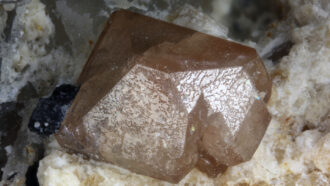 Earth
EarthTiny gemstones show when Earth’s crust first started moving
Chemical hints observed in zircons suggest when the important process of plate tectonics first took off.
By Nikk Ogasa -
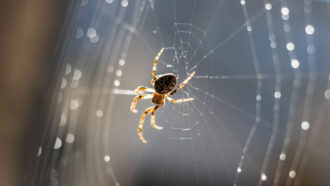 Animals
AnimalsOrb-weaving spiders use their webs like external eardrums
Scientists discover that orb-weaving spiders listen with their legs, detecting sound vibrations that travel through their silken webs.
-
 Materials Science
Materials ScienceScientists Say: Silicone
Silicone is a generic term for a whole slew of humanmade polymers with many different forms and applications.
-
 Brain
BrainWarning! Nicotine poses special risks to teens
Even a single dose of nicotine during early teen years can start a life-long cycle of nicotine use and addiction.
-
 Chemistry
ChemistryReusable plastic bottles release hundreds of pollutants into water
Data show the plastic ends up tainting drinking water. For now, scientists don’t know what health risks downing these pollutants might pose.
-
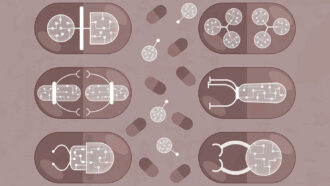 Health & Medicine
Health & MedicinePatches and robotic pills may one day replace injections
Instead of a shot in the arm, a light-activated patch or robotic pill may one day deliver your medicine.
-
 Chemistry
ChemistryLet’s learn about cellulose
The world’s most abundant natural polymer is finding all kinds of new uses, in everything from ice cream to construction.
-
 Chemistry
ChemistryCellulose may keep ice cream from turning gritty in your freezer
Adding nanocrystals extracted from wood avoids the growth of ice crystals, keeping your treat smooth and creamy.
By Anna Gibbs -
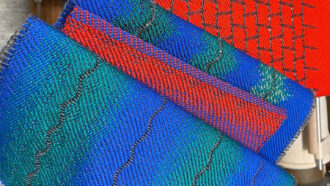 Materials Science
Materials ScienceThis new fabric can ‘hear’ sounds or broadcast them
With special fibers that convert tiny vibrations to voltages, a new fabric senses sound. Someday, such fabrics could monitor the body or aid hearing.
-
 Materials Science
Materials ScienceLet’s learn about the future of smart clothing
Researchers are fashioning new materials to make clothes more comfortable and convenient.
-
 Planets
PlanetsMercury’s surface may be studded with diamonds
Billions of years of meteorite impacts may have transformed much of Mercury's graphite crust into precious gemstones.
By Nikk Ogasa -
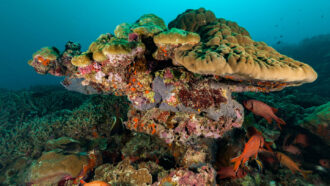 Environment
EnvironmentAnalyze This: Corals stash microplastics in their skeletons
Scientists have wondered where the ocean’s microplastic pollution ends up. Corals may trap about 1 percent of particles in tropical waters each year.